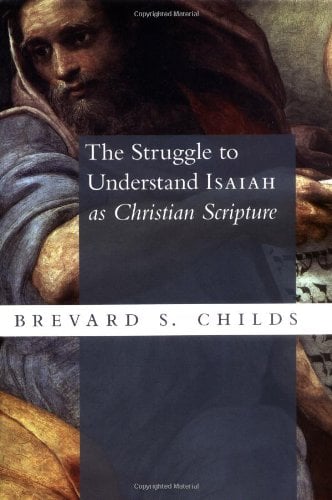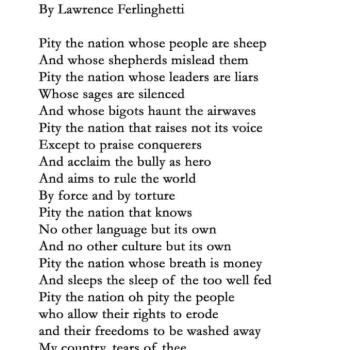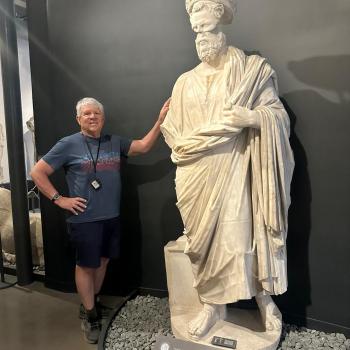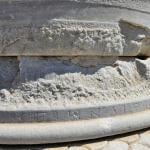Robert Lowth (1710-87) was a major British scholar, indeed a professor of poetry at Oxford. In 1778 he published a new translation and commentary on Isaiah, which was to become one of his two most famous works. But it necessarily followed and depended upon his 1753 publication, a detailed analysis of Hebrew poetry. Whereas previously it had been assumed that prophecy was a form of prose, Lowth, after his study of the Psalms and then Isaiah concluded it was poetry, characterized by parallel construction. In his commentary on Isaiah he says he will stick to the letter of the text, but that it is his goal to express the form and fashion of the text and give the English some sense of the peculiar cast and turn of phrase in the text. In other words, he was going to give an aesthetic reading of Isaiah as a literary classic. In the process he produced a literary classic of his own—“his translation of Isaiah stands in a class by itself in its use of the English language, rivaled only by the authorized version [KJV].”
So for example in Is. 13 he says that no poem in any language so well lays out its subject with such richness of ‘invention’ of images, persons, beauty, strength of coloring. Or in Is. 11 he compares the poetry there to Virgil and Horace, and says it is better. He also shows impressive knowledge of text criticism, boldly reconstructing the text on the basis of the unpointed Hebrew when he thinks the Masoretes got it wrong, comparing Greek versions, targums, rabbinic commentaries, Syriac versions and more. He was indeed a very learned scholar. In addition, he shows attention to historical details, architectural descriptions and all sorts of things that fall under the heading of the ‘realia’ of the text. He is not just interested in its aesthetic dimensions.
Lowth doesn’t as often comment on the theology of the text, but does make some interesting observations. For example, in examining Is. 40-49, he suggests that the deliverance of the Jews from Babylon, the deliverance of Gentiles from their paganism and idolatry, and the deliverance of all from sin and death are all three intertwined themes in this section. He stresses the primacy of the literal sense, but he is o.k. with figural senses, but not to excess. The can of worms he opened however was to prove to be his insistence that the pointed Masoretic text, at least in its pointing, was not sacred or inspired, and the reconstruction of the original Hebrew needed to happen.













